Optimal Timing for Drainage Service
Proper timing for drainage service ensures optimal results and minimizes disruption. The best time to perform drainage maintenance often depends on seasonal weather patterns, soil conditions, and specific property needs. Typically, scheduling during dry periods allows for more thorough inspections and repairs without interference from heavy rainfall.
Spring is an ideal time for drainage service as it prepares the property for heavy rains and melting snow. Clearing debris and inspecting drainage systems can prevent flooding during the rainy season.
Performing drainage service in fall helps address leaves and organic buildup that can clog systems. It also prepares the drainage infrastructure for winter conditions.
After major storms, drainage systems should be inspected to identify and repair any damage caused by high water flow or debris accumulation.
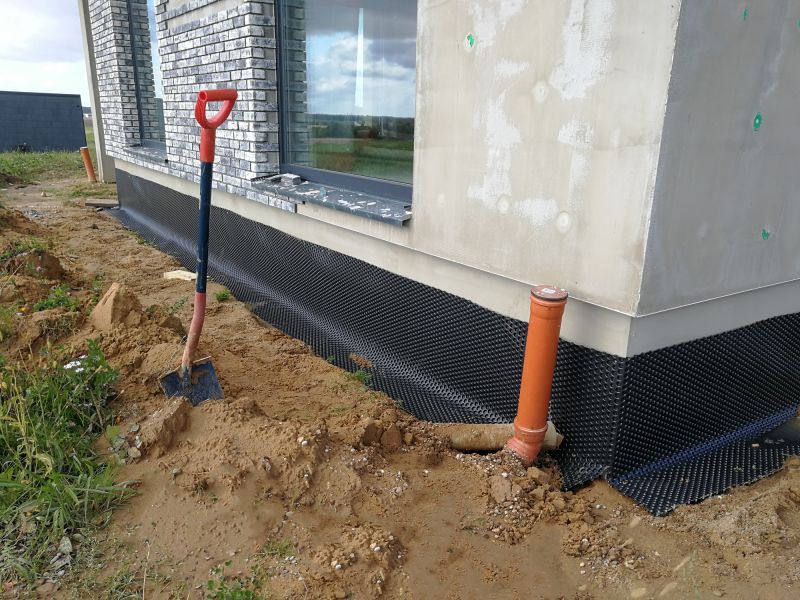
Visual assessment of drainage components during optimal seasons.
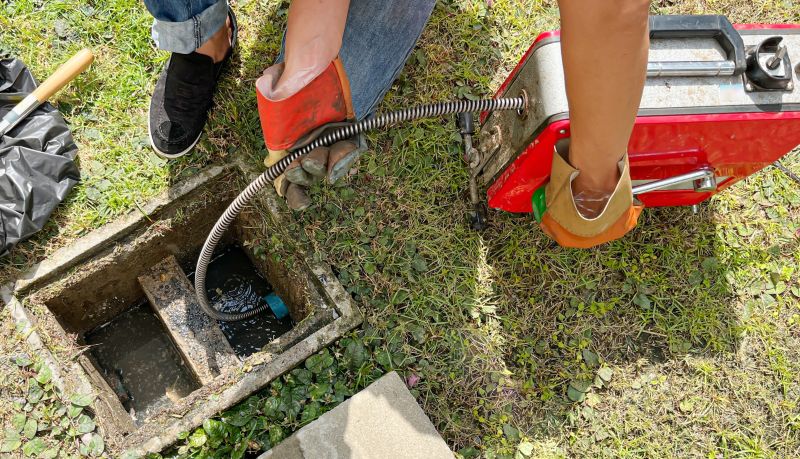
Using specialized tools to remove blockages and debris.
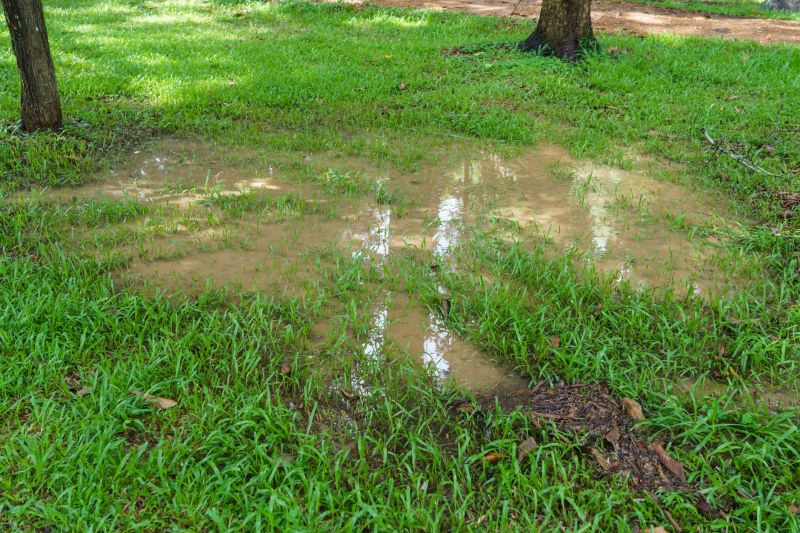
Assessing ground conditions to determine the best maintenance timing.
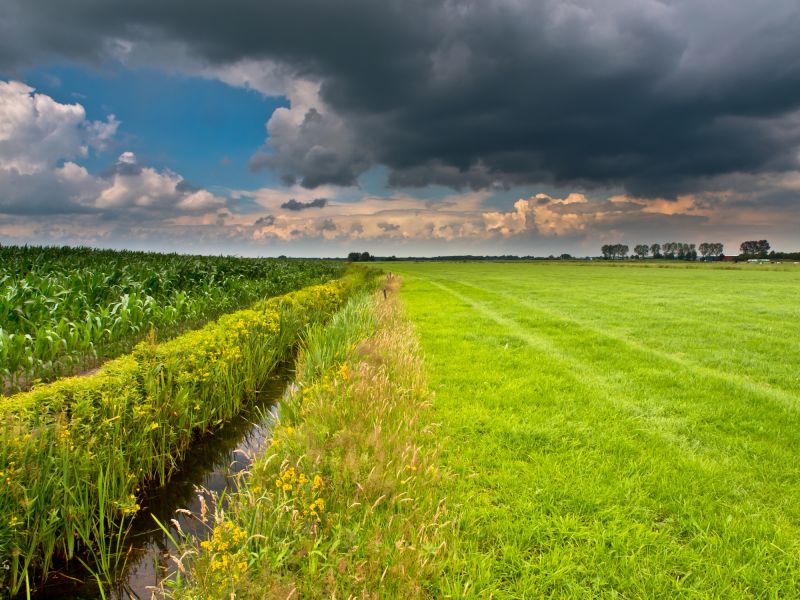
Preparing drainage systems before heavy rainfall events.

Ways to make Drainage Service work in tight or awkward layouts.

Popular materials for Drainage Service and why they hold up over time.
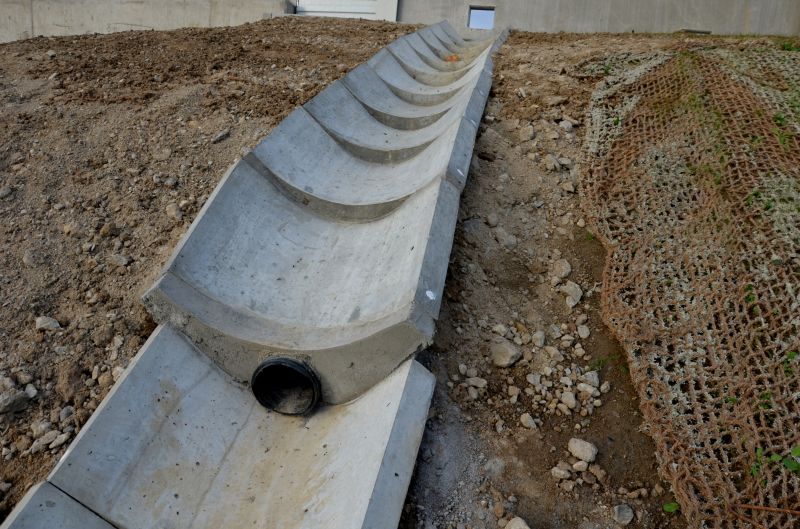
Simple add-ons that improve Drainage Service without blowing the budget.

High-end options that actually feel worth it for Drainage Service.
| Season | Recommended Action |
|---|---|
| Spring | Inspect and clear drainage systems before rainy season. |
| Summer | Monitor for blockages during dry spells. |
| Fall | Clean leaves and organic debris from drainage channels. |
| Winter | Ensure systems are free of ice buildup and functioning. |
Drainage services are essential for maintaining proper water flow and preventing property damage. Properly maintained drainage systems help reduce soil erosion, protect foundations, and prevent basement flooding. Regular inspections and timely maintenance can extend the lifespan of drainage infrastructure and ensure it functions effectively during periods of heavy rainfall.

Removing debris from storm drains and pipes.

Checking for cracks, blockages, or damage.

Assessing ground absorption rates.
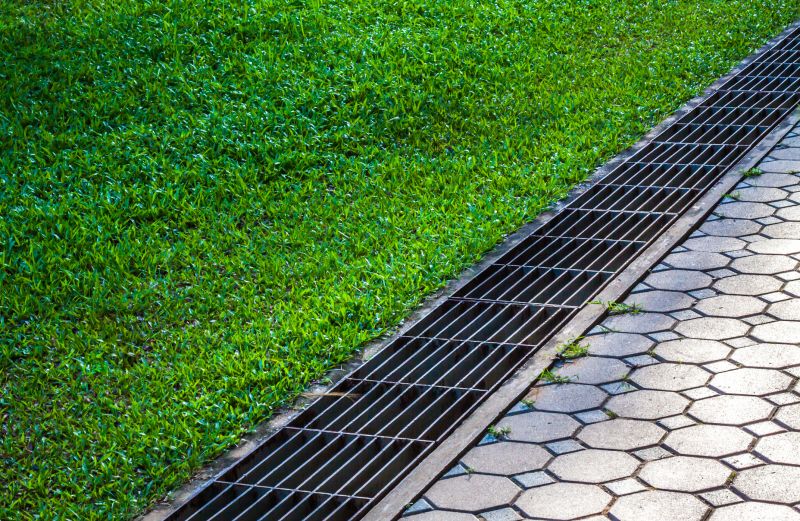
Installing or repairing drainage barriers.
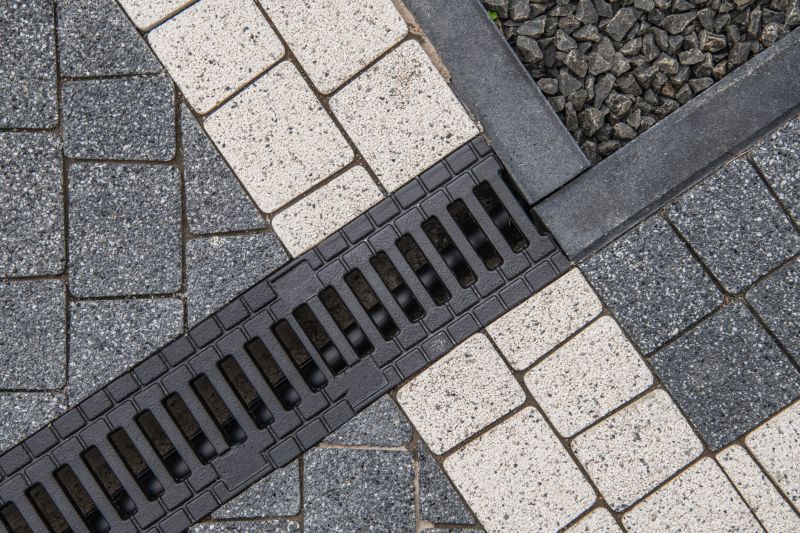
Finishes and colors that play nicely with Drainage Service.
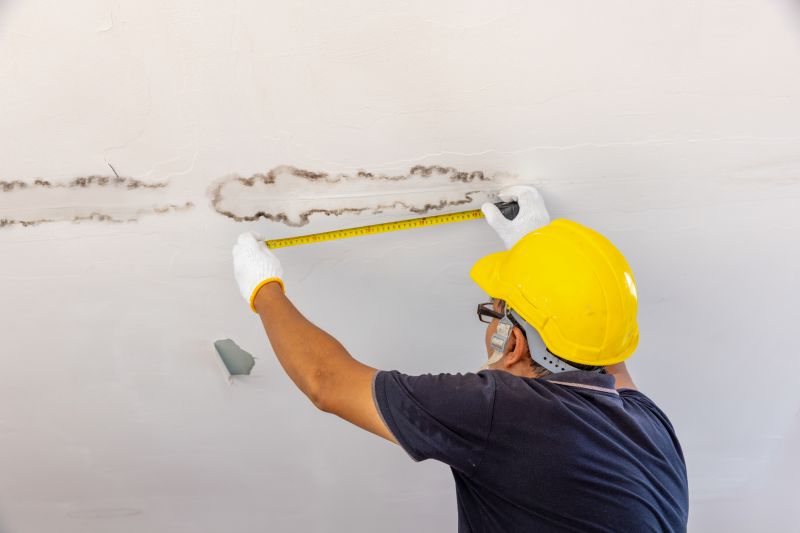
Little measurements that prevent headaches on Drainage Service day.

A 60-second routine that keeps Drainage Service looking new.
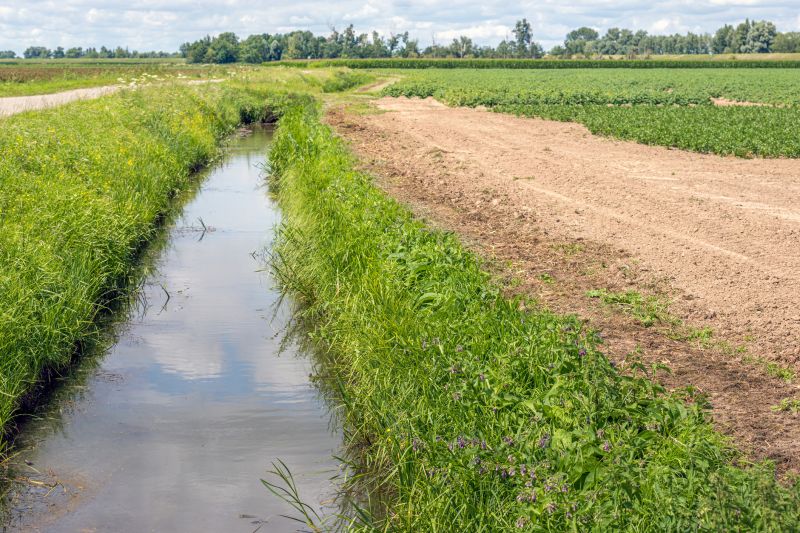
A frequent mistake in Drainage Service and how to dodge it.
It is recommended to inspect drainage systems at least twice a year, during spring and fall, and after significant storms.
Yes, drainage service can be performed in winter, especially to prevent ice buildup and ensure system functionality.
Signs include pooling water, slow drainage, foul odors, or visible damage to pipes and channels.
Yes, post-storm inspections help identify and repair any blockages or damages caused by high water flow.
Scheduling drainage service at appropriate times can significantly reduce the risk of water-related property issues. Regular maintenance ensures systems operate efficiently and can handle unexpected weather events. Proper timing, combined with routine inspections, supports long-term property integrity and reduces costly repairs.
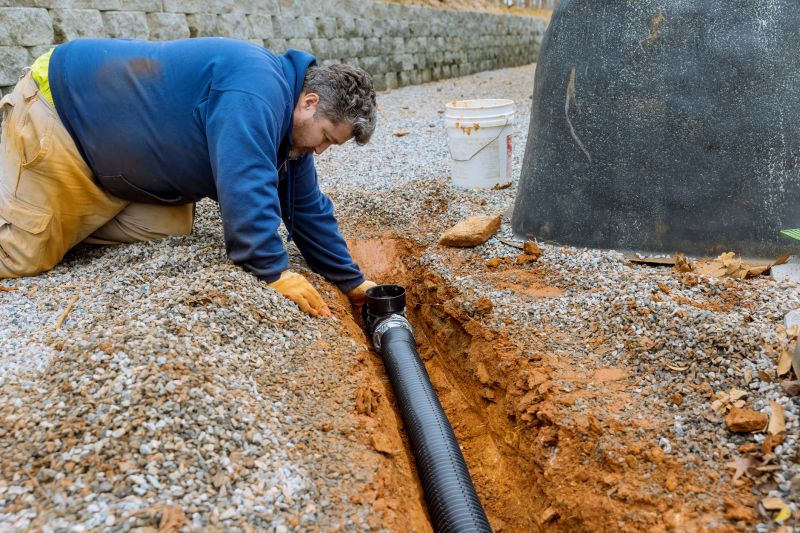
Fixing damaged pipes and channels.

Routine cleaning and inspection.
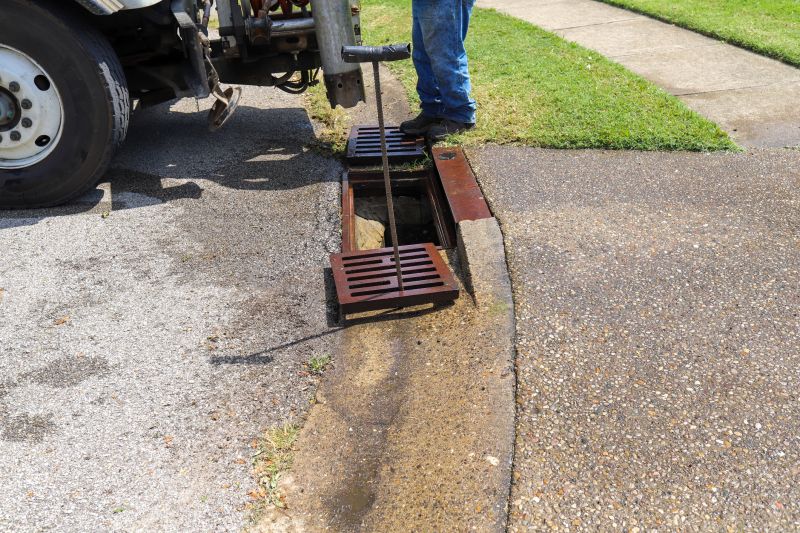
Removing debris to prevent blockages.

Small tweaks to make Drainage Service safer and easier to use.

Lower-waste or water-saving choices for Drainage Service.
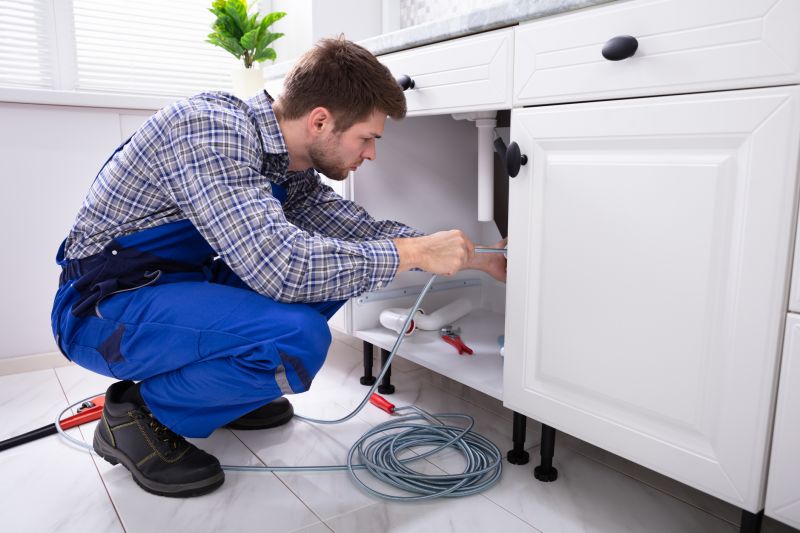
The short, realistic tool list for quality Drainage Service.

Rough timing from prep to clean-up for Drainage Service.

Quick checks and paperwork to keep after Drainage Service.
Interested parties are encouraged to contact for more details about scheduling drainage services. Proper timing and maintenance can help protect properties from water damage and ensure drainage systems function optimally during adverse weather conditions.



